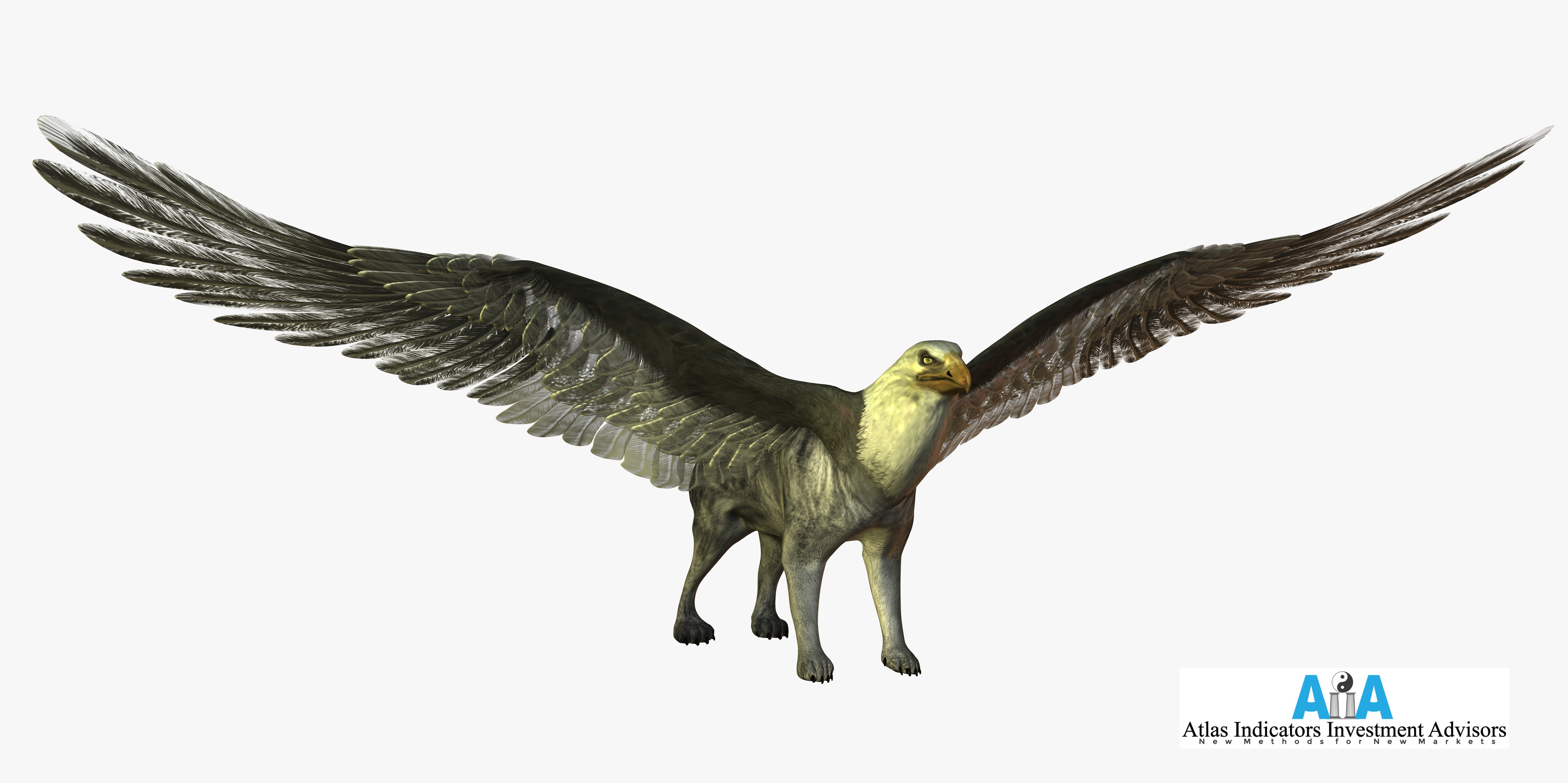Evolutionary Rotation
Submitted by Atlas Indicators Investment Advisors on December 3rd, 2020
Stock markets are dynamic organisms. Their movements are influenced by millions of people. These individuals come with unique circumstances, opinions, and preferences which might change for any number of reasons. Each day investors pore over data, parsing it in their own unique ways, creating reasons to buy or sell.
Similar to evolutionary biology, these choices ultimately form selection pressures which allow certain traits (e.g., size, industry, or country) to be favored. Of course, unlike biological characteristics which can go away forever, market characteristics tend to rotate in and out of favor instead of going extinct.
But what tends to happen is economic, geopolitical, and market environments change. Along with the changing circumstances, traits of investments which thrive begin changing in parallel. You often hear pundits describing it as a rotation. This rotation is a process and not at a single point in time.
Observing this rotation is foundational to Atlas’ risk management approach. Segments of the market can be on the bottom rung of a ladder for quarters and even years, and then become the belle of the ball after the market’s environment changes. Of course, one day it will fall once again to the lowest rung on the ladder.
Atlas’ approach to managing risk requires objectivity. We view impartiality as a means of removing emotions when constructing portfolios. For example, roughly half of the country is elated with the outcome of the 2020 election while nearly the same number are crestfallen. This was similar to the results in 2016. In both instances, the objective rules-based approach to risk management guided the investment allocation before, during, and after the vote. Atlas watches the inner dynamics of the marketplace and not the ever-changing headlines to improve the probabilities of thriving no matter how market environments evolve.

